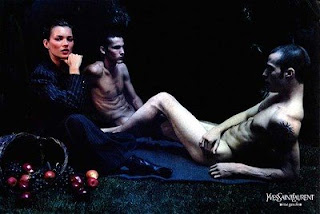Researching the content / Researching the practice
Talent, creativity and time are not always enough to create an artwork, an ad, an illustration, a photo. Most of the time there is an extraordinary amount of research that goes into that finished piece to make it what it is. Creating something is a continuous stream of reflection that needs answers – what message do I need to get across, what audience am I targeting, how do I convey it? I am always amazed at how much research artists do when illustrating graphic novels. The story has a time, a place; characters need to look right, be dressed right, backgrounds need to look credible. For example, when Carlos Gomez illustrates the graphic novel Dago for Robin Wood, he needs to create a whole world for this character. The story revolves around the travels of a 16th century Venetian nobleman turned mercenary, moving across every continent and often meeting renowned historical figures, and all these elements need a good deal of research.
As Gomez himself said in an interview for Fumetteria Arcadia, “research is fundamental. To be able to draw Dago I’ve read many history books to know the facts and also the way people thought at the time. […] I like to take Dago to places that really exist and you can’t set a story in a city without knowing its roads and squares. […] I can’t draw a story set in Bergamo and draw a piazza Vecchia that looks like the centre of Lucca. The reader would be right to get pissed off. You have no idea how many times I have received reports of mistakes.” So you need to be extremely historically accurate to produce a high level work of art, and believe me Gomez is amongst the best.
Something else that is always amazing and extremely useful to research is the way artists work. Every one has their own techniques, a product of that artist’s life. So there is nothing better than to get to see an artist at work, especially if you like the end product. Alessio Fralleone is a Roman artist I was lucky enough to meet during all-arts showcase/competition MArteLive (which he won, by the way). I was simply wandering around the rooms between photography, theatre, fashion, when I saw this sprite of a man, covered in paint, quickly creating an amazing work of art right in front of my eyes. I couldn’t move until he finished. And I found that watching this artist at work added a great deal to his art as he gets completely immersed in it. No wonder he has gone on to do performance art as well.
Another artist I’ve always admired is Enki Bilal. I’m sure I’ll write more about him further on. He started out with great but quite Moebius-like illustrations, but in time has developed his own unmistakable style. I had always wondered how exactly he got that effect, and was ecstatic when I found this video:
I would love to have that studio, by the way.



























.jpg)


